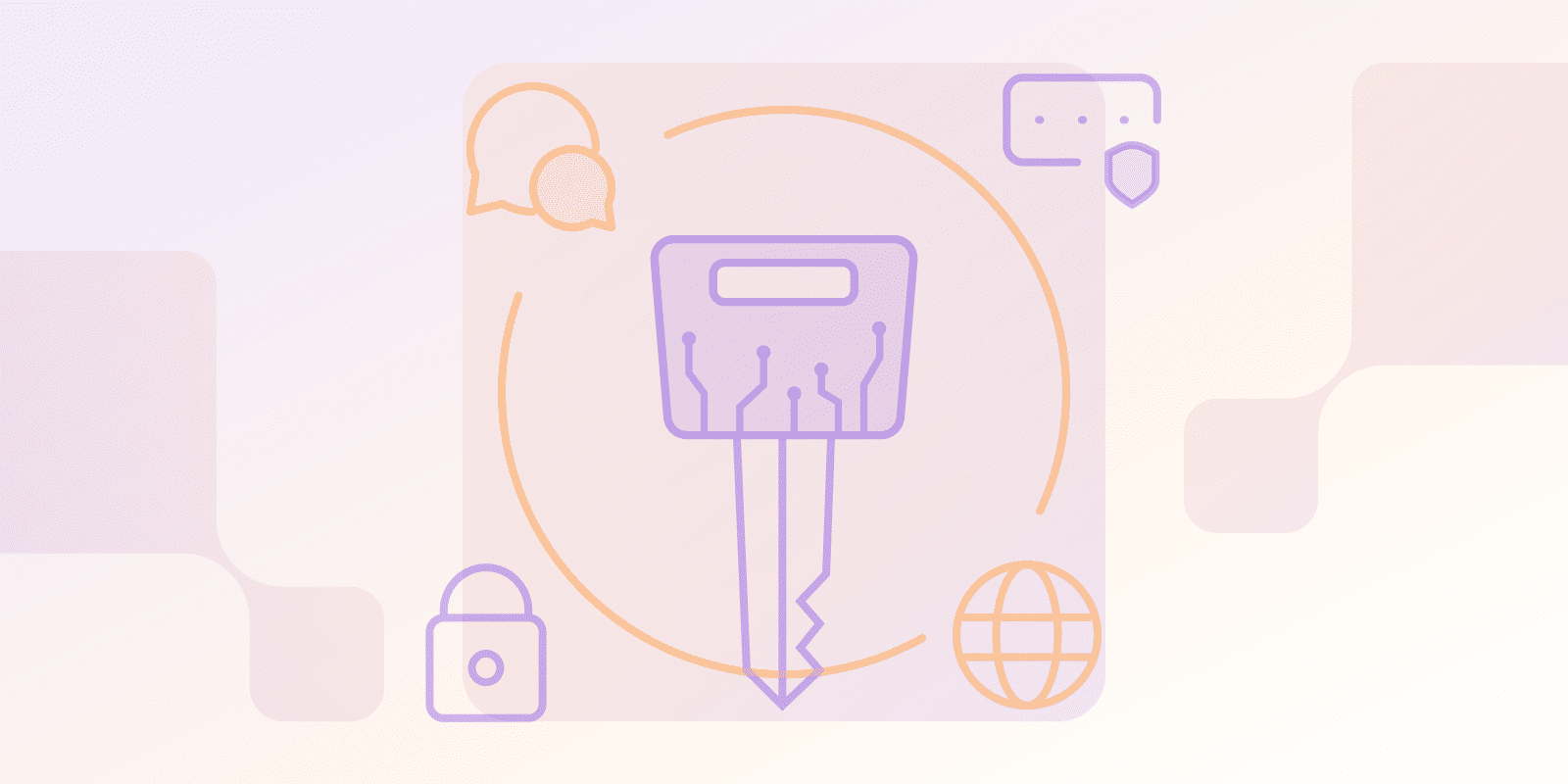Cloudbeveiliging
Wat is de beveiligingsverantwoordelijkheid van SaaS?

Wat is de beveiligingsverantwoordelijkheid van SaaS?
Beveiligingsverantwoordelijkheid is waar zowel de provider als de klant verantwoordelijk zijn voor het beschermen van gegevens en infrastructuren. Jullie hebben allebei verschillende rollen; de SaaS-provider moet een veilige infrastructuur en applicatie hebben. Aan de andere kant moet u de toegang van gebruikers en uw instellingen beveiligen, naast uw gegevens.
U hebt beide kanten nodig voor cyberbeveiliging. Als klant is het uw taak om te zoeken naar providers die u de vereiste bescherming kunnen bieden en tegelijkertijd meer te weten te komen over beveiligingsbedreigingen.
Wie is verantwoordelijk voor beveiliging in de cloud? (Het gedeelde verantwoordelijkheidsmodel)
Het gedeelde verantwoordelijkheidsmodel legt de nadruk op u en uw SaaS-provider. U moet voor verschillende aspecten zorgen, en hieronder vindt u een kort overzicht van wat u moet overwegen:
- Provider: De provider moet zich richten op de beveiliging van de applicatie en het patchen van eventuele bedreigingen. Zij zijn ook verantwoordelijk voor het beheer van het netwerk en het besturingssysteem, samen met de fysieke infrastructuur van de SaaS.
- Klant: U moet uw gegevens beveiligen door cybersecuritymaatregelen te implementeren en potentiële gevaren te vermijden. U moet de gebruikersrechten en andere gerelateerde configuraties aanpassen en u moet er ook voor zorgen dat uw gegevens worden beschermd.
Extra waarde:
- Verschillende modellen: Je moet het verschil tussen IaaS, PaaS en SaaS begrijpen, omdat ze elk hun eigen unieke voordelen en uitdagingen hebben.
- Voorbeeld: Een beveiliger kan de toegang tot een appartementencomplex controleren, terwijl jij verantwoordelijk bent voor het bewaken van je eigendommen.
Wat zijn de beveiligingsproblemen in IaaS, PaaS en SaaS?
Hier zijn de aspecten van IaaS, PaaS en SaaS waar je aandacht aan moet besteden op het gebied van beveiliging:
Wat zijn de twee belangrijkste aandachtsgebieden voor organisaties die SaaS gebruiken?
Dit zijn de twee gebieden waar u het meest rekening mee moet houden:
- Gegevensbeveiliging: U moet uw gegevens vertrouwelijk houden, naast het handhaven van beschikbaarheid en integriteit.
- Toegangsbeheer: Je moet bepalen wat elke gebruiker binnen je applicatie kan doen en wie er in de eerste plaats toegang toe heeft.
| Aspect | Gegevensbeveiliging | Toegangsbeheer |
|---|---|---|
| Kern Doelstellingen | ||
| Hoofddoel | Bescherm de vertrouwelijkheid, beschikbaarheid en integriteit van gegevens | Beheer gebruikerstoegang en machtigingen |
| Belangrijkste Verantwoordelijkheden | Zorg ervoor dat gegevens beschermd zijn tegen ongeautoriseerde toegang en inbreuken | Definieer en handhaaf wie toegang heeft tot de applicatie en wat ze kunnen doen |
| Belangrijkste Strategieën | ||
| Beschermingsmethoden | Versleuteling (tijdens transport en in rust), regelmatige back-ups | Tweefactorauthenticatie, principe van minimale privileges |
| Risicobeperking | Gebruik gerenommeerde providers, implementeer robuuste versleuteling | Strikte controle van gebruikerstoegang, regelmatige toegangsbeoordelingen |
| Potentiële Kwetsbaarheden | ||
| Belangrijkste Risico's | Datalekken, ongeautoriseerde gegevenstoegang, gegevensverlies | Ongeautoriseerde gebruikersacties, accountkaping, interne bedreigingen |
Welke voorzorgsmaatregelen kunt u nemen om het risico van het gebruik van SaaS te minimaliseren?
Neem deze voorzorgsmaatregelen:
- Kies gerenommeerde aanbieders: Bekijk elke aanbieder grondig voordat je je aanmeldt. Bekijk hun beveiligingsgeschiedenis en lees wat hun klanten over hen hebben gezegd.
- Sterke toegangscontroles: Wees strikt met wie toegang heeft en gebruik goede praktijken zoals het principe van minste bevoegdheid en tweefactorauthenticatie (2FA).
- Regelmatige back-ups: Maak een back-up van uw SaaS-gegevens op een aparte locatie; idealiter zou u automatische back-ups moeten instellen.
- Versleuteling: Zorg ervoor dat uw gegevens te allen tijde versleuteld zijn.
- gegevensversleuteling: Zorg ervoor dat uw gegevens zowel tijdens de overdracht als in rust versleuteld zijn.
- Training in beveiligingsbewustzijn: Zorg ervoor dat uw werknemers op de hoogte zijn van verschillende
Zoek naar certificeringen zoals ISO 27001 voordat u een provider kiest.
Conclusie
Zorg er bij het kiezen van een SaaS-provider voor dat beveiliging voorop staat. U moet serieus overwegen om het model van gedeelde verantwoordelijkheid te implementeren, wat betekent dat zowel u als uw SaaS-provider verantwoordelijk zijn voor de algehele bescherming.
Begrijp uw rol bij het beheren van gebruikersrechten, het maken van back-ups van gegevens en het trainen van uw werknemers. Zorg ervoor dat u ook een provider vindt met de beveiligingsfuncties die u nodig hebt.